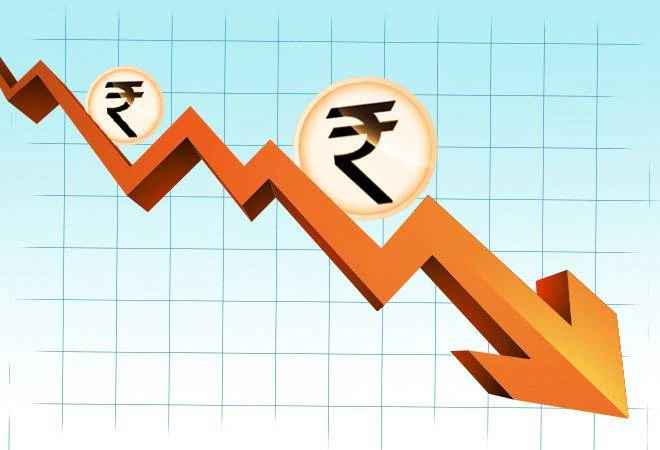Font size:
Print
Supreme Court Judges to Publicly Declare Assets
Context: In a landmark decision aimed at boosting transparency and accountability, all Supreme Court judges, including the Chief Justice of India (CJI), have agreed to publicly disclose their assets.
More on News
- The move follows a full court meeting on April 1 and comes in the wake of the discovery of large sums of cash at the residence of Delhi High Court judge Yashwant Varma, sparking renewed calls for stricter oversight within the judiciary.
- Historically, unlike elected officials or bureaucrats, judges in India are not legally bound to make their assets public — and most have not done so voluntarily.
- However, the new resolution signals a pivotal shift and reflects a commitment to uphold the principles enshrined in the Restatement of Values of Judicial Life, a code of ethics first adopted in 1997.
Code of Judicial Ethics
The Restatement, a 16-point, non-exhaustive guideline, lays out the conduct expected from members of the judiciary. It emphasises maintaining public faith in judicial integrity and includes directives such as:
- Judges must avoid actions that could erode public trust, with the guiding principle being: “Justice must not only be done but must also be seen to be done.”
- They must refrain from contesting elections or holding positions in clubs or associations.
- Judges must distance themselves from individual members of the Bar and ensure that close family members do not practice before them or use their official residence for professional work.
- Judges must steer clear of hearing cases involving friends, family, or companies in which they have a financial interest, unless these ties are disclosed and objections are addressed.
- They must not express political opinions in public or engage with the media through interviews.
- Financially, judges are discouraged from speculating in shares or participating in business ventures, barring legal publishing or hobbies.
- They must decline gifts or hospitality outside close personal relationships and should not seek financial advantages from their official role unless permitted.
Framework for Accountability
- The 1997 meeting that introduced the ethics code also led to the development of an in-house procedure to deal with judges who violate these values.
- This system, formalised in 1999 by a five-member committee, provides a mechanism for internal investigation and remedial action without resorting to impeachment, which requires a high threshold of evidence.
- The code has been referenced in several high-profile cases.
- Most recently, CJI Sanjiv Khanna invoked the resolution to initiate an internal inquiry against Justice Yashwant Varma.
- In 2014, the process was again brought into focus when a woman judge in Madhya Pradesh accused a High Court judge of sexual harassment.
- The court clarified that the in-house procedure serves to address misconduct falling short of impeachable offenses but still inconsistent with the dignity of the judiciary.
Shift Toward Transparency
- Initially, asset declarations were meant to remain confidential between individual judges and the Chief Justice.
- However, a 2009 full court meeting encouraged judges to declare assets publicly on a voluntary basis.
- This evolved further with a 2018 Constitution Bench ruling that such declarations are not “personal information” and thus can be subject to scrutiny under the Right to Information (RTI) Act.
- The current decision to make public asset disclosures mandatory represents a significant departure from the past and is seen as a step forward in aligning judicial conduct with public expectations of transparency and ethical integrity.
With this move, the Supreme Court not only reiterates its commitment to the foundational values of judicial life but also reinforces the institutional mechanisms designed to uphold public confidence in the justice system.


